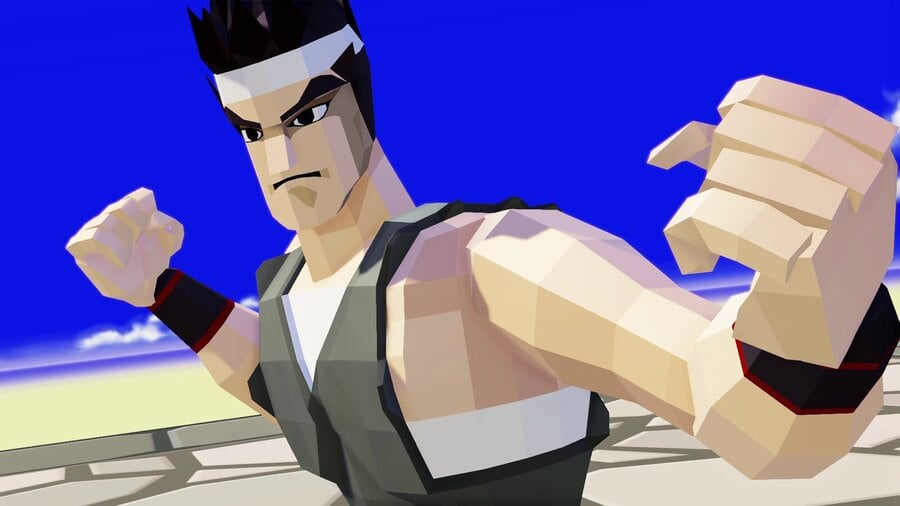
It's doubtful that the video game world will experience a change quite as dramatic as the shift from 2D to 3D again. Within the space of just a few years 3D gaming became the norm, and the transition was so swift that it even took the legendary Yu Suzuki by surprise – and, lest we forget, this is the man who spearheaded the 3D revolution via titles like Virtua Racing and Virtua Fighter.
Much has been said over the years about how Sega dropped the ball with its Saturn console, as it lacked the kind of 3D muscle the PlayStation possessed. Sega famously had to add a second VDP (Video Display Processor) in order to bolster the console's 3D prowess, and this created issues for developers, as the system was harder to program for as a result.
While many armchair historians have gleefully pointed out this "obvious" shortcoming as being instrumental in the Saturn's failure to compete with the PS1 in purely commercial terms, an interview with Suzuki from 1994 (unearthed by the video game historian and Time Extension contributor John Harrison) shines some light on just how chaotic the world of video game development was at this exciting time.
Suzuki explains that the development of Saturn began at the close of 1991, just before the groundbreaking Virtua Racing hit arcades. This was also, it should be noted, before Sony had decided to pivot its SNES CD-ROM drive into the stand-alone PlayStation.
"When development of the Saturn first began in 1991, no one in their wildest dreams thought we'd have a game like Daytona USA with full texture mapping moving in real-time by Spring 1994," he told Sega Saturn Magazine.
"Our earliest prediction was that there would be a number of non-textured, flat-shaded polygon games appearing in arcades then. And no one thought there would be anything like Virtua Fighter. Instead, we thought that polygons would only be used in racing and shooting games. We didn't expect polygons to become so mainstream so soon at that early point."
Suzuki clearly knew that 3D visuals were the future – he had been experimenting with 3D as early as the mid-'80s via Super Scaler titles like Space Harrier and Out Run – but he admits that the rapid pace of development took even him by surprise. "Even within Sega, I was the one most vocal about the necessity of supporting 3D graphics. However, the speed of advancement surpassed even my expectations."
He then explains that during the production of Virtua Fighter – the game that would ultimately convince Sony that 3D was the way forward – it dawned on him that Sega should be focusing on 3D with all of its hardware, not just coin-op machines.
"We shifted the main focus of the Saturn to be on 3D polygons in response. I was the one who argued the loudest about needing the twin CPU setup. Yes, it's true that it requires more skill from the programmer to use both CPUs, but I think it was necessary in light of the shift to 3D, which requires much more processing power."
Despite 3D being something of an afterthought for Saturn, it still managed to produce some amazing 3D titles, including Virtua Fighter 2, SEGA Rally and Panzer Dragoon II Zwei. However, the console was comprehensively outsold by the PS1, which shifted 102.49 million units worldwide, compared to Saturn's 9.26 million.
